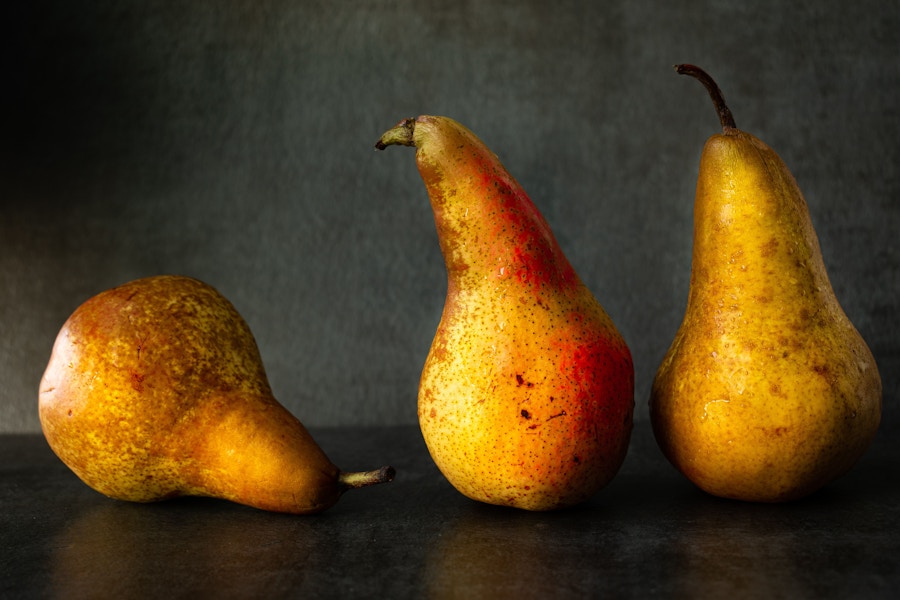I’m not sure why, but ugliness seems easier to define than beauty. Around my childhood home, the phrase “acting ugly” meant someone (ahem!) was exhibiting a sour attitude or speaking in a rude voice. Don’t we recognize ugliness when we see it? I think about ugliness when I hear about people hurt by war, or when I see things that are exploitative, when I witness or participate in name-calling or demeaning another. Contempt, lust, greed, and hatred are ugly to their core. Ugliness is real, and it’s important to be able to recognize it so that we aren’t drawn into it.
Besides being able to spot ugliness for what it is, we also need a vision of its opposite. I would describe beauty as the innate attractiveness of things that are glorious and delightful and brilliantly true. Not physical “prettiness,” but palpable goodness. I’m not a trained philosopher and I haven’t checked that definition with the experts, but I know what it feels like when I have a visceral attraction to the rightness of something — when there is a deep resonance in my soul that signals to my mind that an idea, or experience, or entity is from the Lord. Descriptives like heavenly, divine, magnificent, meaningful, and tender come to mind. Experiences of beauty feed my soul.
But ugliness isn’t just easier to define than beauty, sometimes it’s easier to see. It’s hard to put our focus on “whatsoever things are true, whatsoever things are honest, whatsoever things are just, whatsoever things are pure, whatsoever things are lovely, whatsoever things are of good report”(Phil. 4:8) when the pattern of the world presses on us — on me — to focus more on what is ugly and wrong and horrific. For me, Paul’s instruction in Philippians to “think on these things” of great transcendence begs the question, “yes, but how?” If you’re like me, it may be that you need some beauty rituals in your life.
Beauty rituals might sound like ways to fluff your living room or give your skin a healthy glow, but I really mean planned activities that train my attention on the truth that God is good and that evil doesn’t have the final word — disciplines that help me pay attention to the loveliness and availability of God’s kingdom. I’ve fallen a little slack recently with my beauty rituals, so I was encouraged to hear Sarah Clarkson on the Life with God podcast talking about two conscious decisions she’s made — one personal, one shared with her family and young children — to establish rhythms that connect her to beauty.
First, Sarah spoke about her morning routines. “Usually the day begins in a rush and the easiest thing to do is just check the phone and see what’s happened,” she explained. “And I think I increasingly feel that if I can even read one poem and look out the window, it becomes a way of tethering my attention to something greater than myself.”
So many of us have morning rituals that involve the phone, or the news, or a frantic rush to get out the door. But Sarah’s words made me recall ways in the recent past that I’ve begun the day with some small turn toward God’s beauty. When I’m up early I love to look at the trees outside my window, but an unexpected beauty ritual last winter for me was traffic-gazing. I live downtown in a medium-sized city, so the quiet experiences of nature that I love and crave usually happen best on walks or on special trips. But there’s something lovely about city life, too. All these people going to and fro are beautiful parts of God’s world. Instead of thinking of traffic as “cars going by” (unmanned machines), I try to focus on the human lives inside the cars … the drivers and passengers. I like to think about where they might be going and why they are on the road so early. I wonder if many of them are caregivers or folks working in jobs that have less desirable hours. Do they wish they weren’t awake and in a car already? This little beauty ritual kindles a tenderness toward unknown neighbors who work in the wee hours, and often morphs into prayers of blessings for these passing strangers.
Second, Sarah mentioned tea time in the conversation. She and her young children observe the ritual of afternoon tea like the Brits among whom they’ve made their home. Sarah describes her decision to mark each day with the rhythm of tea time this way:
“I am bound and determined that my children learn to enjoy having tea parties and tea time. Not because we like tea so much, which we do, but it’s the ritual of it and there’s a cadence to our days, and [because] things like the turning of the first leaf ought to be celebrated. And the finding of snails ought to be met with exaltation.”
It’s not that tea itself magically induces celebration. Or the china cups or the biscuits. But these enjoyable elements and the cadence Sarah speaks of help us set aside work and carve out a mini-Sabbath — a small “palace in time” — where we turn our attention to the gifts of the present moment and praise the Giver. We notice that life itself is a gift to be savored thoughtfully, not bulldozed through with blinders on each day until we fall exhausted into our beds. There are people whose lives look that way by no choice of their own, and for their sakes we should sacrifice our own comfort to provide them with breaks and time to rest. But for most of us, living that way is a choice, or at least a habit formed by choices we didn’t realize we were making. Rituals like tea time snap us out of those bad patterns.
I used to love to cook, but at some point when my kids were little I lost touch with the joy available to me in the simple act of meal preparation. So I am trying to form some beauty rituals around supper time. I let the kids pick out a record or play the piano. And I seek beauty in the variety and flavor of ingredients and the joyful hustle bustle of my kitchen. On a good night, I can ignore the despotic clock (if we get Henry to tae kwon do, great; if we miss, oh well). Cooking with joy instead of with resentment, exhaustion, or greedy hunger helps me be kind to those around me and tether my attention to the Giver of good gifts.
Beauty rituals don’t have to be grand. They aren’t reserved for the wealthy and privileged. God specifically designed things so that beauty would spring up in the cracks of pavements and come to us through experiences true for all humankind — the softness of a baby’s skin to father or mother’s touch, the smell of rain, the sense of one’s own smallness under the night sky. When someone is deprived of these things, it is a great injustice that Christ-followers do well to prevent and repair. But for the most part, these beauties can’t be bought, owned or controlled. In some ways, the world’s poorer people — those who live below the standard of North American opulence that we consider “normal” — are more in touch with the true sources of simple beauty than those whose great wealth steers their attention to that which is artificial and ugly, or to over-indulgence that spoils true appreciation of good things in moderation. And those who suffer, who are enslaved or ravaged by poverty and hunger or wracked by pain, can teach us to cling to beauty in the most difficult of circumstances.
Of course the rhythms and forms of Christian worship are beauty rituals par excellence. In worship we can acknowledge the horrors in nature and human nature without letting that awareness drown out all evidence of goodness. The pattern of the world presses on us to be consumed by the ugliness and brokenness in the world, but this is a pattern whose conformity we are meant to resist. God has called us to pay attention to him — “to gaze on the beauty of the LORD and to seek him in his temple.” (Ps. 27:4) My soul was created with a capacity to look at the world alongside its Maker and to affirm that it is good. Ugliness is there, to be sure, but rituals of beauty reawaken our senses to the truth that God still reigns. And each taste of that good news presses us toward a desire for more of the communion from which all goodness emanates.
O Beauty ever ancient, ever new … You called, you shouted, and you broke through my deafness. You flashed, you shone, and you dispelled my blindness. You breathed your fragrance on me; I drew in breath and now I pant for you. I have tasted you, now I hunger and thirst for more. You touched me, and I burned for your peace. — St. Augustine
Lord, may we burn for the shalom, the wholeness, the sweetness of Your kingdom. Draw us to your beauty and form beauty in our souls, for Your sake and for the sake of the world. Amen
Photo by The Matter of Food on Unsplash
Text First Published October 2023 · Last Featured on Renovare.org October 2023


